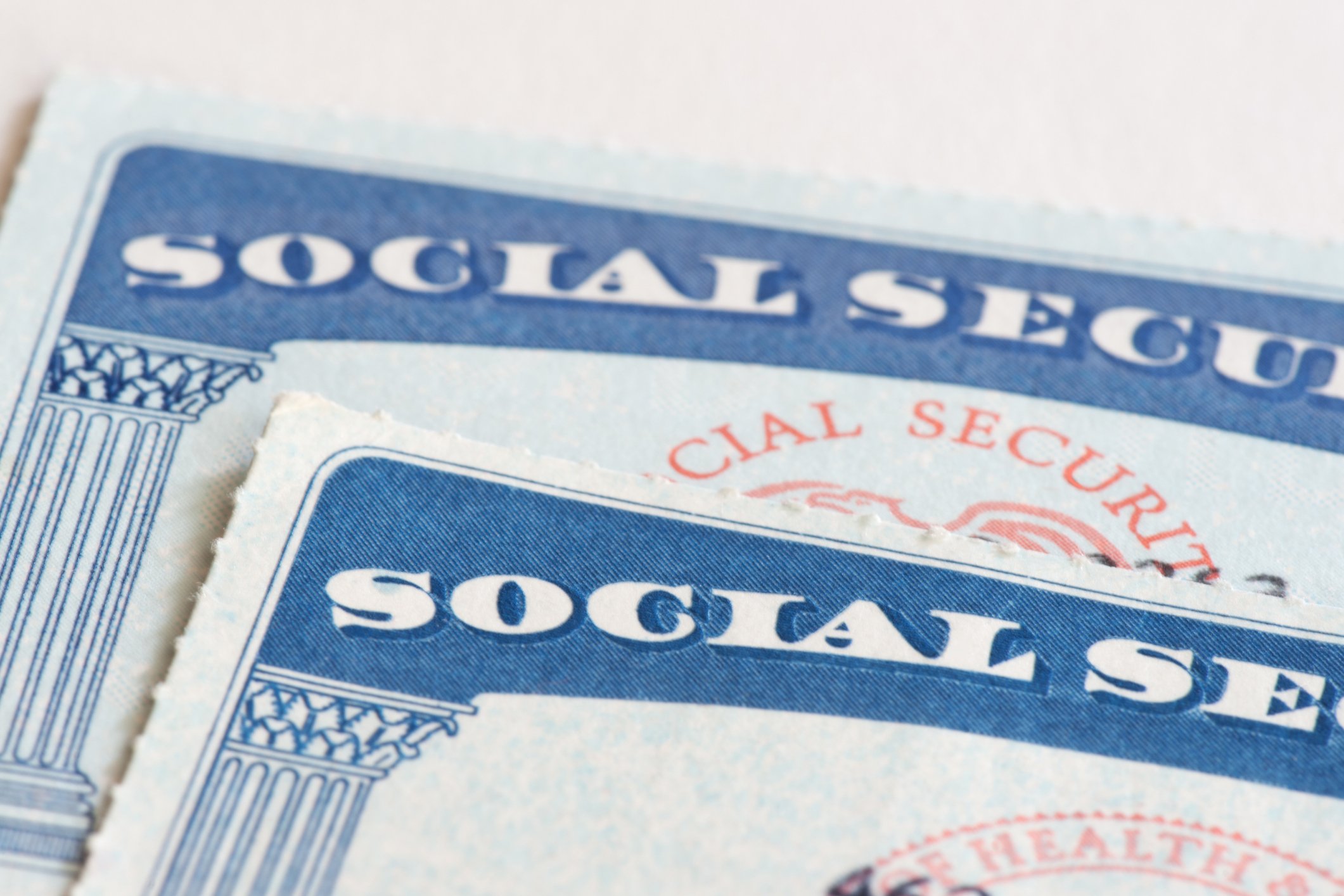Just about all of us would love to fork over less money to Uncle Sam each year. You can probably think of some illegal ways to do so, such as lying on your tax return or omitting some income -- but that's clearly a bad and unappealing idea. Fortunately, there are ways to shrink your tax bill -- legally. Here are some of them.

Image source: Getty Images.
- Sock away money for retirement. Traditional (not Roth) IRAs and 401(k)s receive pre-tax contributions. So if you have taxable income of $75,000 and you contribute $5,000, you get to subtract $5,000 from your taxable income and avoid paying taxes on it now. (You will ultimately be taxed on it upon withdrawal in retirement, when your tax rate may be lower.) If you're in the 25% tax bracket and contribute $10,000 to these accounts, you can cut your tax bill by $2,500! It's also worth considering contributing to Roth IRAs or 401(k)s, though. They won't cut your taxes now, but years later, in retirement, you can withdraw from the accounts tax-free.
- Contribute to an HSA or FSA. Contributions to Health Savings Accounts (HSAs) and Flexible Spending Accounts (FSAs) are made with pre-tax money, too, so that's another way to shrink your taxable income. Note that you need to have a qualifying high-deductible health insurance plan to be able to take advantage of HSAs. They can be well worth it, though, as they let savings accumulate and grow over time, not taxing withdrawals for qualifying medical expenses. Better still, after age 65, you can withdraw money from an HSA for any purpose, paying ordinary income tax rates on withdrawals. Any unused amounts can be rolled over from year to year, unlike FSA money, which is mainly use-it-or-lose-it from year to year. (Still, even that can be very helpful.) Contribution limits for Health FSAs are $2,600 for 2017. For HSAs, 2017 contribution limits are $3,400 for individuals and $6,750 for families. Those 55 or older can chip in an additional $1,000.

Image source: Getty Images.
- Hang on to your investments. While most people currently face a 15% long-term capital gains tax rate, short-term gains are taxed at our ordinary income tax rates, which are often 25% or 28% and can approach 40% for very high earners. Don't base stock-selling decisions solely on tax concerns, but if you're thinking of selling a winning stock, consider whether holding it for at least a year and a day, to qualify for the lower tax rate, makes sense.
- Buy a house -- or sell it strategically. If you're trying to decide whether to rent or buy a home, remember that mortgage interest is deductible -- as are property taxes. And in the early years of a mortgage, much of your monthly payments is made up of interest. That shouldn't be your only reason for buying instead of renting, but if you do decide to buy, it will help lower your taxes. Meanwhile, if you'll be selling your home, learn about the home sale exclusion. If you meet the requirements, you can avoid paying taxes on up to $250,000 of your gain on the sale of your primary residence (and up to $500,000 if you're married and file your taxes jointly).
- Make the most of deductions. There are gobs of deductions available to taxpayers. Of particular interest are above-the-line deductions, which don't require itemizing and shrink your adjusted gross income (AGI), on which your income taxes are based. Above-the-line deductions exist for expenses such as alimony payments, self-employment taxes, IRA contributions, school supplies, student-loan interest paid, and more. Regular below-the-line deductions can be quite valuable, too. They include donations to charity and qualifying medical expenses, among many other things.

Image source: Getty Images.
- Bundle deductions. If you have trouble accumulating sufficient deductions to make itemizing worthwhile, consider bundling. That's when you try to concentrate deductions in every other year, so that you're able to itemize in one year and take the standard deduction in the next. For example, you might make annual charitable contributions in January and December of one year, and might pay deductible taxes that are due in January in December instead. If you have somewhat flexible upcoming major medical expenses (such as a hip replacement, cataract surgery, or braces for your teen's teeth), you might move them up or push them back as needed.
- Make the most of tax credits. Tax credits are more valuable than deductions because they shrink your taxable income on a dollar-for-dollar basis. For example, while a $1,000 deduction can save you $250 if you're in the 25% tax bracket, a $1,000 tax credit can shrink your tax bill by $1,000. Tax credits are available for all kinds of things, such as education expenses, energy-efficient home improvements, the adoption of children, the care of children and dependents, and much more. A particularly powerful credit, if you earn relatively little, is the Earned Income Tax Credit. It can be worth thousands of dollars to those who qualify.
- Have kids. Don't base your family planning on taxes, but if you're planning to have children, or more children, know that you'll enjoy some tax breaks. For example, the Child Tax Credit offers $1,000 for every eligible child you have under the age of 17 (as of the end of the tax year), while the Child and Dependent Care Credit is worth up to $3,000 for a single child or qualifying dependent or $6,000 for two or more, and is tied to expenses you incur for the care of children or dependents that lets you work or seek work. There's also a credit available if you adopt a child. Those adopting a non-special-needs child in 2017 can claim a credit of up to $13,570 depending on their qualified adoption expenses (and their income). Those adopting a special needs child from the U.S. foster care system can claim the entire $13,570 without having any qualifying expenses.

Image source: Getty Images.
- Make the most of being self-employed. Self-employed people pay twice what salaried workers pay for Social Security taxes, but they get some tax breaks, too. If you use a part of your home as a home office, you may be able to deduct expenses related to it, such as mortgage interest, utilities, repairs, insurance, and depreciation. For example, if you use 15% of your home's square footage as an office, you might be able to deduct 15% of the qualifying expenses. There's a simpler option available now, too, offering a $5 deduction per square foot of your home office, up to 300 square feet, for a maximum $1,500 deduction. Self-employed people have many other deductions they can take, too -- so do look into them if you work for yourself. For example, while they may not have access to workplace-sponsored 401(k)s, self-employed folks can often contribute to SEP IRAs, which sport higher contribution limits than regular IRAs.
- Hire a tax pro. Finally, one of the best ways to shrink your tax bill is to hire a good tax professional to strategize with you and perhaps prepare your return. Pros understand the tax code far better than you do, and they can offer many tax-reducing strategies, too. Don't just hire anyone or go to a random tax-preparer, though -- ask for references from friends or seek an "Enrolled Agent," a tax pro licensed by the IRS who is authorized to represent you before the IRS if need be. You might find one through the website of the National Association of Enrolled Agents.
Spend a little more time investigating tax breaks and you may turn up even more ways to shrink your tax bill. But even using just some of the 10 strategies above, you may be able to shave hundreds or thousands of dollars off your taxes.





